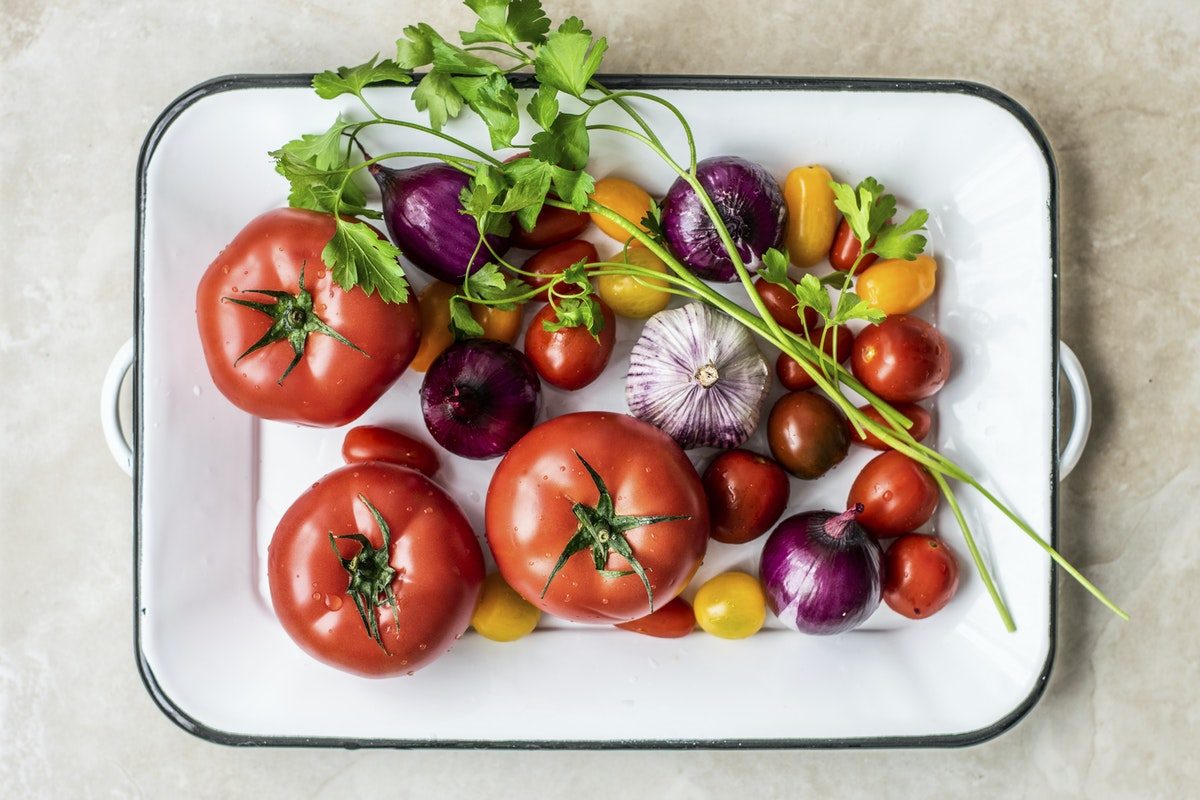Let’s face it healthy eating, it’s not cheap, but with a bit of attention and planning, you can learn to eat well on a budget. And if you are feeling a bit demotivated always remember that healthy eating is always the best choice in the long run: the one that will help you to maintain that youthful look for longer, the one that will give you the energy that you need to live your life to the full and enjoy the things you love, and the one that will help you maintain your peak performance at work (especially when you get older) and shrink the doctor’s bill.
So here you are with 9 easy to follow and implement tips to help you live a deliciously healthy life, without hitting your wallet too hard!
- Plan. make sure you have a list of essential ingredients that you always keep in your kitchen and then build on top making a weekly list for food shopping. Get to know your local supermarkets, compare prices and availability, then plan accordingly.
- Food markets. take advantage of food markets in your area. Every neighborhood has one, they are really cheap, and can help you stay on budget.
- Reduce waste. learn to cook with leftovers to reduce waste and your food bill. Sometimes it can be as easier as to leave a couple of spinach leaves on a side to make some pesto the next day, or be creative with your leftovers a whizz-up pasta, frittata, or risotto.
- Lunch box. try to bring your own lunch to work at least a couple of times a week. Your health will benefits from the change and your wallet too.
- Do your homework. sometimes a bit of preparation is all you need. You can try to roast some leftover vegetables in the evenings for example, and then freeze them up to have them handy for couscous or a pasta sauce, or simply use up some leftovers to cook a soup that you can then freeze.
- Reduce meat: legumes are cheap, convenient, and rich in proteins, making them the perfect substitute for meat. They are great in soups and really yummy in stews so that you don’t have to miss out on the taste. You could try lentils and carrot stew or chickpeas and kale stew. You can see our legume recipes on here.
- Quality not quantity. try to buy cheaper meat cuts, but don’t compromise on quality. Chicken legs and thighs tend to be cheaper than breast fillet, but they are delicious when roasted with vegetables.
- Rotate your food. Rotate your meals within the main food groups, which will help you create variety and save money at the same time. For example one evening you can have eggs frittata, one evening a legume stew, another a quinoa salad with loads of veggies, and so on.
- Learn a few easy and quick recipes so that you easily plan your meal and never run out of ideas. There is nothing worst than going to the supermarket hungry and tired after work and not having a clue of what to eat because you will end up buying comfort or expensive food.







